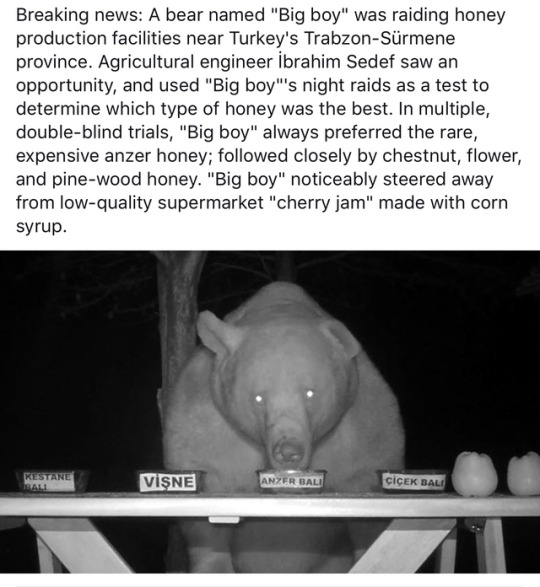she/her, old enough to remember when we didn't tell the internet our personal info.
Last active 2 hours ago
Don't wanna be here? Send us removal request.
Text
youtube
Three irreplaceable talents sing in honor of "The Day That's In It."
324 notes
·
View notes
Text

1928 Daybed/sofa manufactured in UP Prostejov, designer believed to be J. Halabala. From Art Deco, Art Nouveau & 20th Century Decoratif Arts Group, FB.
477 notes
·
View notes
Text
DOGE just froze funding to vital Federal and Indigenous conservation programs devoted to supporting the very delicate and tenuous existence of the black-footed ferret.

I fell in love with these animals as a kid traveling to our National Parks. Their rarity and ferocity made me sharply aware, even as a child, of just how much of a responsibility we have toward our environment. I can't bear the thought of them being a fucking casualty of Trump and Musk.

Look at them! They do war dances.
38K notes
·
View notes
Video
We told her to stop eating the plants so now she just pretends.
(Source)
71K notes
·
View notes
Photo

Meet the Mona Lisa of the Prado, the earliest known copy of Da Vinci’s best portrait. Similarity in the undersketch of the painting indicates that this was very likely painted concurrently with the original Mona Lisa, by a student of Da Vinci.
There is much controversy in the art world over the question of whether or not to clean the fragile Mona Lisa, but her sister has been restored and some fairly odd later alterations removed to show the original vibrant colors and lighting. Some details, such as the sheerness of her shawl and the pattern on the neckline of her dress, have become utterly obscured in the original, but in the restored copy they’re perfectly clear.
It blows my mind a little bit to look at these two sisters side-by-side and imagine how much vivid detail could be hiding in the Mona Lisa under 500 years of rotten varnish.
872K notes
·
View notes
Text
thatbemeqq
video is mildly funny but this comment killed me

35K notes
·
View notes
Text

WHY WOULD YOU MAKE A LAWN ORNAMENT OF THIS??
😨😭💔
58 notes
·
View notes
Text
9K notes
·
View notes
Text
20K notes
·
View notes
Text

1930 Lincoln Model L Derham Convertible Phaeton. From Dotnetal.com.
109 notes
·
View notes
Video
My uncle got a notification that someone was ringing his doorbell. This was the culprit.
(Source)
61K notes
·
View notes



